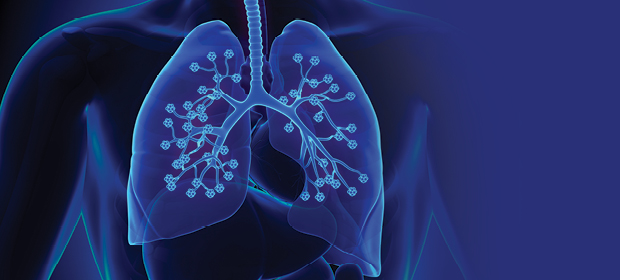
An overview of the challenges and devices for pulmonary drug delivery.
By Ajit S. Narang, Ph.D., Genentech, Inc., and Ram I. Mahato, Ph.D., University of Nebraska Medical Center
The lung is the only organ in the body that receives entire cardiac output. There are 200–600 million alveoli in a normal human lung, which provide a large mucosal surface (~100 m
2). These alveoli are highly permeable and have low enzymatic/metabolic activity, making them an attractive target for pulmonary drug delivery for systemic absorption. Pulmonary route of drug delivery also obviates hepatic first pass metabolism that could be a significant liability for certain orally delivered drugs. In addition, localized drug delivery for the treatment of lung disorders minimizes systemic side effects and metabolism, while allowing high local concentration, faster onset of action, and higher efficacy.
1 An increasing number of drugs are being administered by the pulmonary route, including bronchodilators, corticosteroids, antibiotics, antifungal agents, antiviral agents, vasoactive drugs, DNase alpha (Pulmozyme, Genentech), and human insulin. In many cases, the dose of the drug required for local treatment can be significantly reduced. For example, orally administered salbutamol at 2–4 mg of dose is therapeutically equivalent to 100–200 µg administered directly into the lung.
2